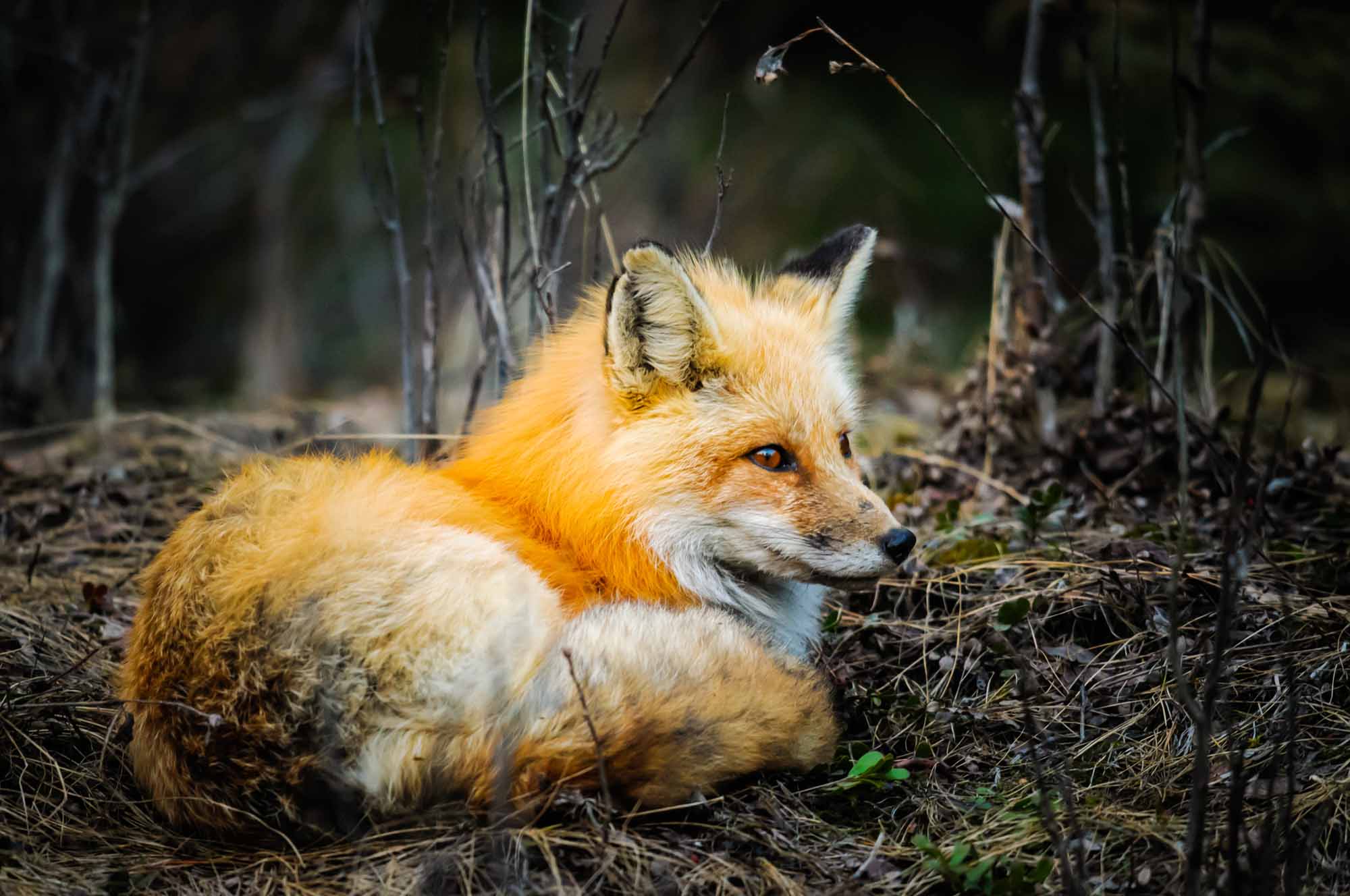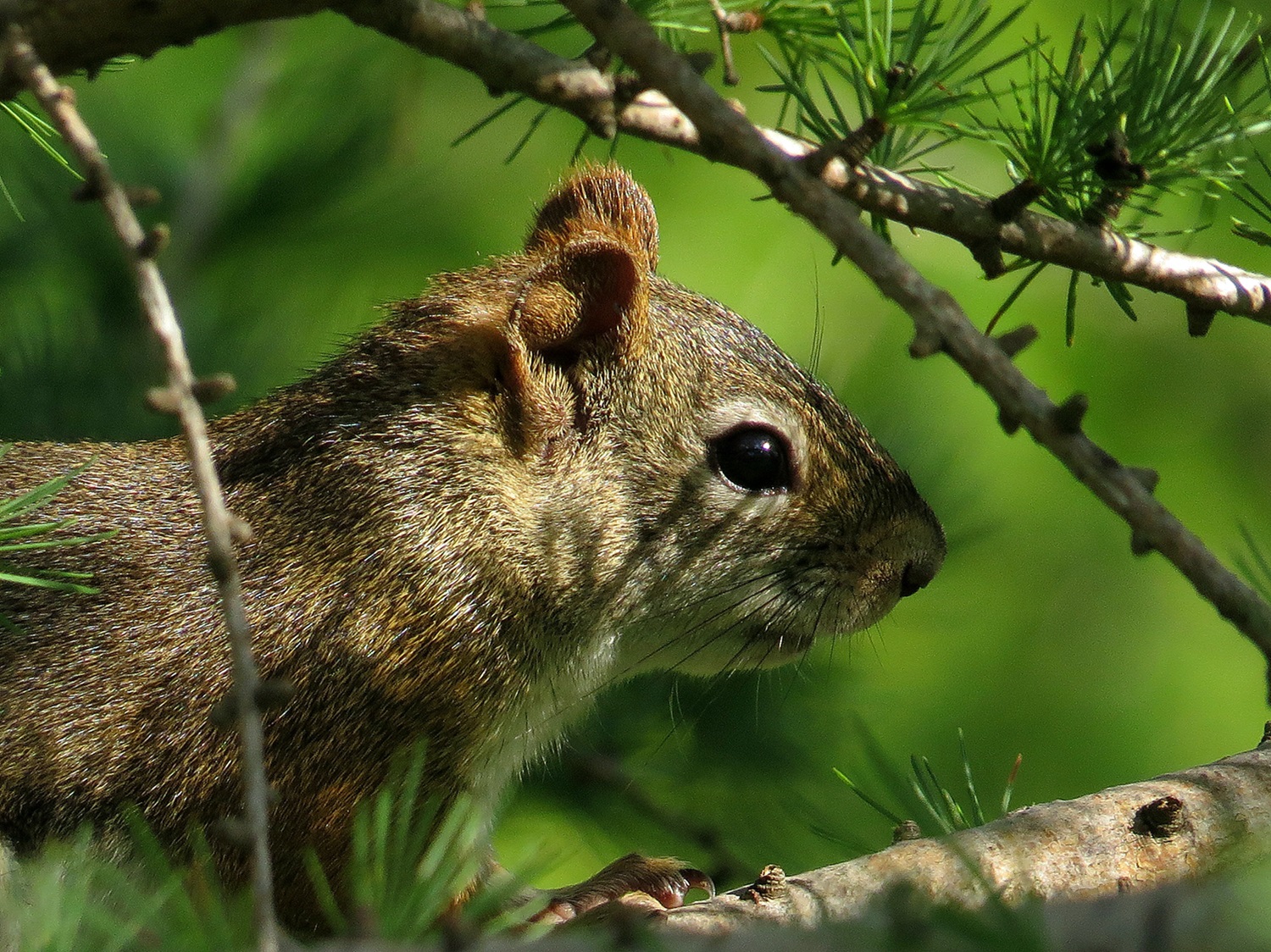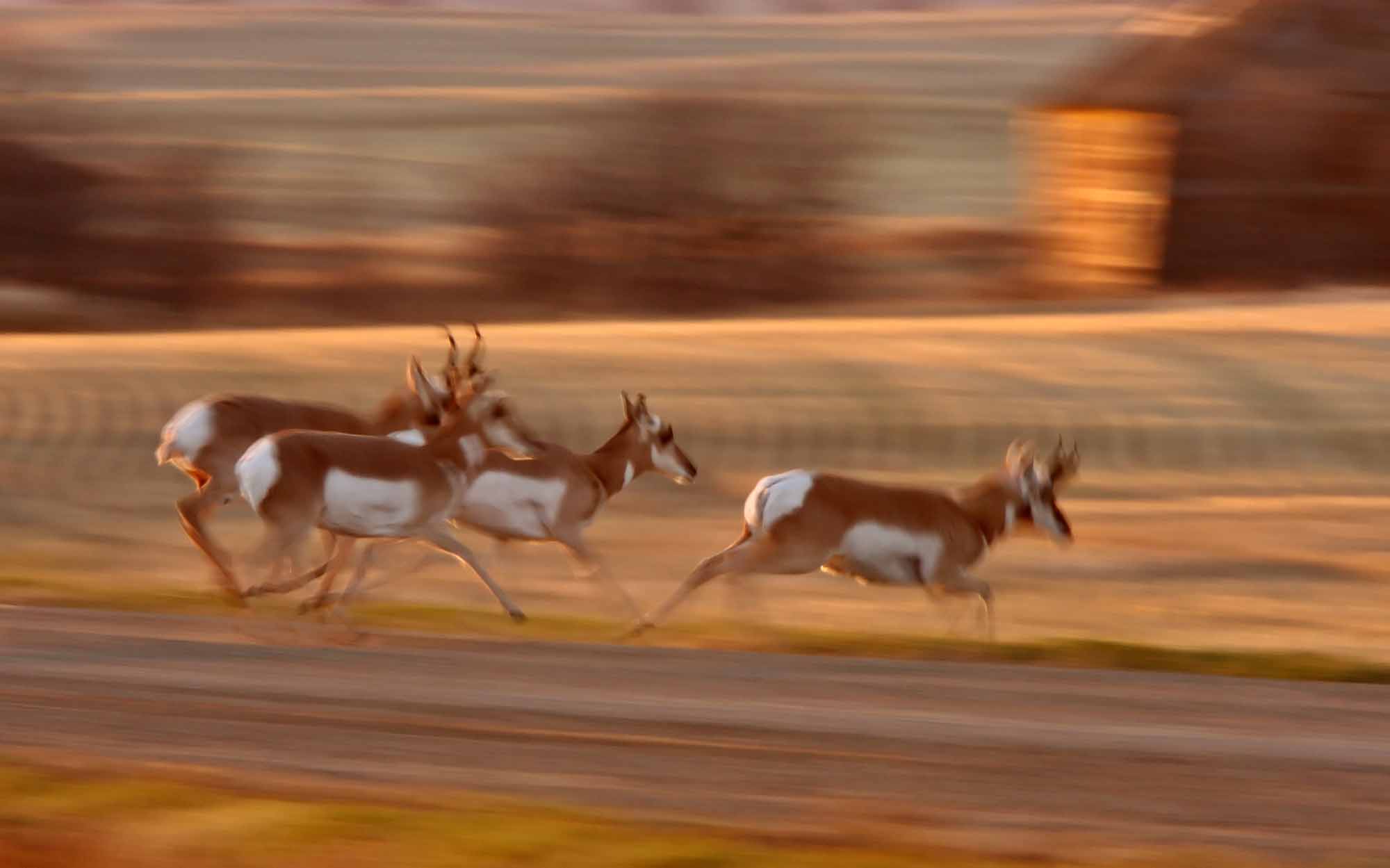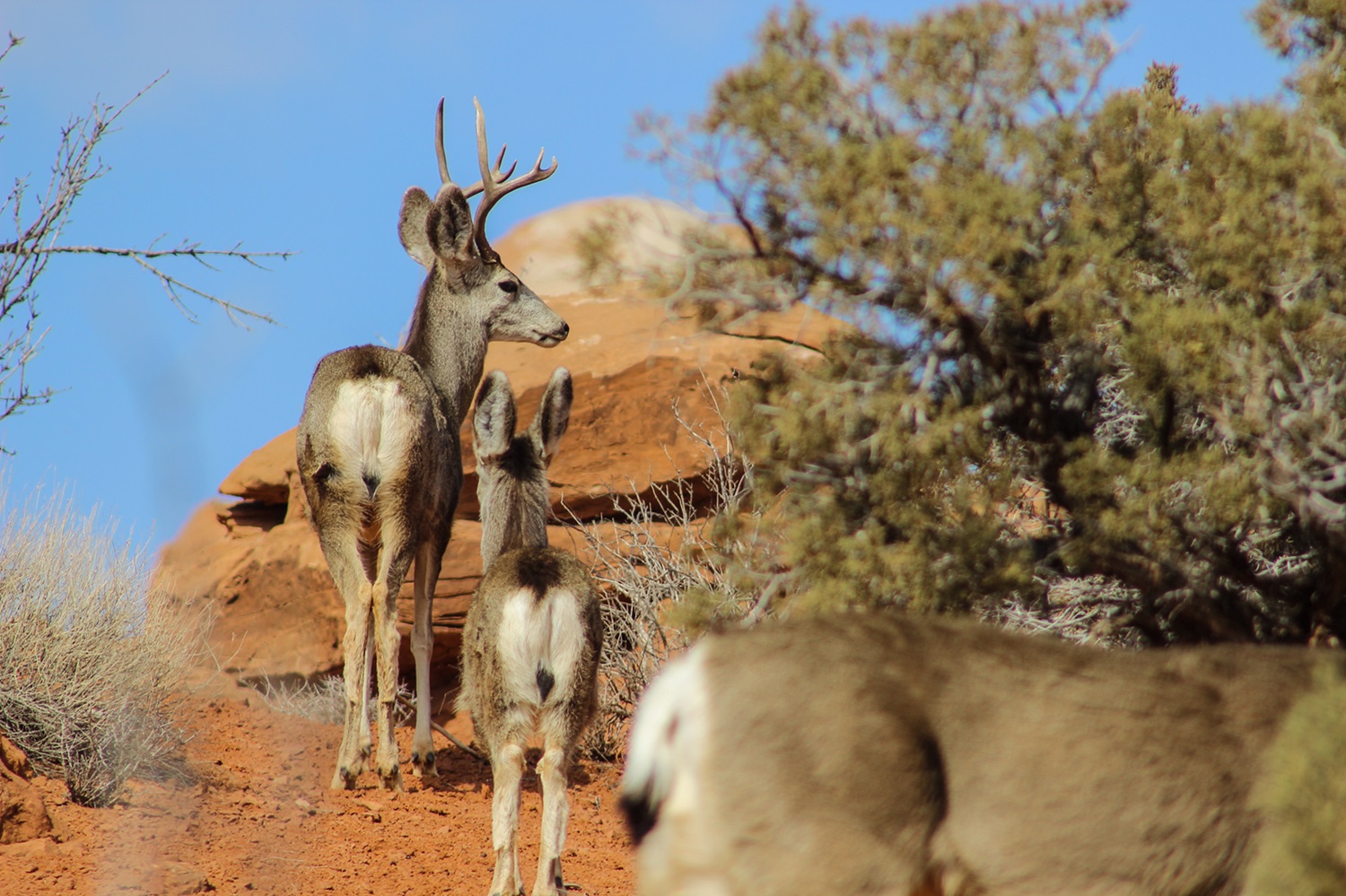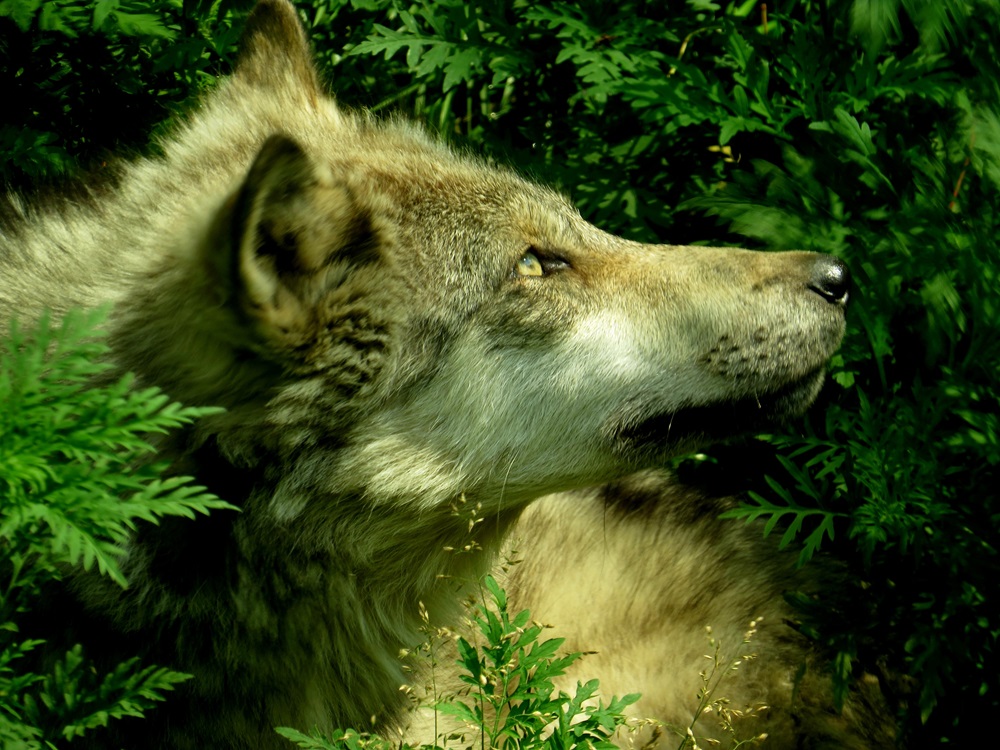Mammals (class Mammalia) are typically furry, warm-blooded animals which can produce milk and give birth to live young. Mammals have existed on Earth in some capacity since the Jurassic but flourished into the diversity seen today after the extinction of dinosaurs 66 million years ago (see Geological History of Canada). Today, mammals include some of the most iconic species on earth, like whales, elephants and humans. Over 200 species can be found in Canada.

What is a Mammal?
The word mammal is derived from the milk-producing mammary glands that are unique to the class Mammalia. Mammals, including humans, are vertebrates (animals with a backbone and spinal cord), like birds, reptiles and amphibians.
Some of the typical diagnostic features of mammals may be shared with other vertebrates or be absent in some groups, as defined in the following list of characteristics:
1) Mammary glands, which produce milk for nourishing the young.
2) All give birth to living young, except the order Monotremata (e.g., duck-billed platypus), which is egg-laying.
3) Endothermic (warm-blooded, shared with birds), which is the ability to maintain a constant body temperature.
4) A body covering of hair (unique to mammals, but reduced in some forms) or a subcutaneous layer of blubber (such as in whales, where hair is extremely reduced or absent in adults).
5) Sweat glands in the skin aid in heat loss.
6) Lower jaws of only one bone on each side, which articulates directly with the cranium.
7) Three pairs of middle earbones.
8) A large, complex brain allowing for learning and quick reactions and flexible behaviour.
9) A four-chambered heart which provides for a closed circulation of non-nucleated blood cells.
10) Teeth that are typically differentiated into incisors, canines, premolars and molars.
11) The vertebral column has vertebrae differentiated into cervical (usually seven), thoracic, lumbar, sacral and caudal (tail).

Description
Most mammals are typically quadrupeds with the feet modified in many ways for terrestrial (running, hopping or leaping), fossorial (digging), arboreal (tree climbing) and aquatic living, but some have developed modified appendages such as the whales, manatees and dugongs, who have lost the rear appendages, modified the tail as horizontally flattened flukes for propulsion and modified the front appendages as flippers. Bats have modified their front limbs as wings, and are the only mammals capable of true flight. In size, mammals range from some tiny shrews and bats that weigh little more than a 10-cent piece to the giant blue whale that measures over 35 m and weighs more than 150 tonnes, the largest animal that has ever lived.
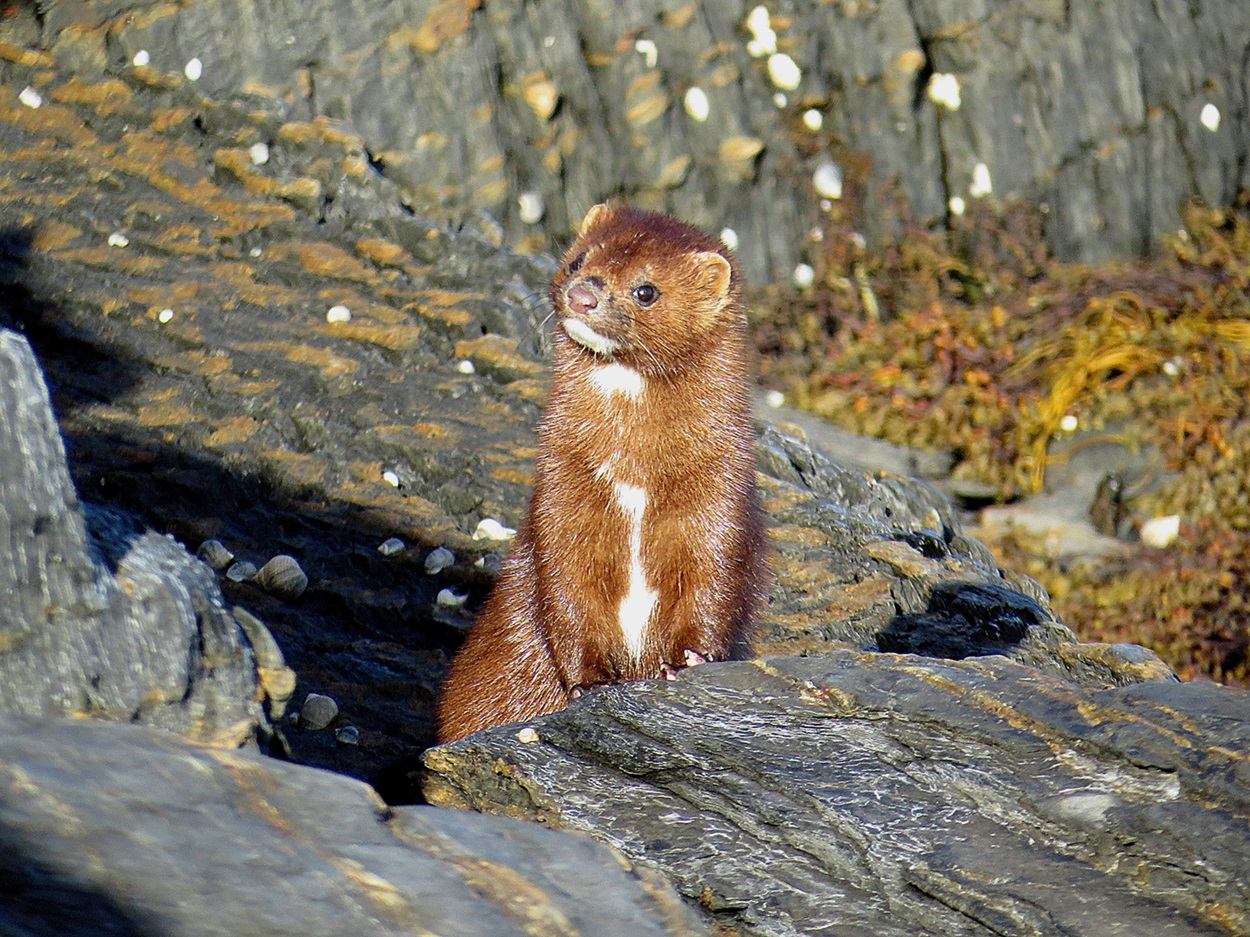
Origin and Evolution
Modern or living mammals represent only a surviving fraction of the great number that evolved since the transition from mammal-like reptiles at about the end of the Triassic period (205.7 million years ago). Mammals are thought to have evolved from a group of mammal-like reptiles (subclass Synapsida), which dominated the vertebrate fauna during the Permian period (300 to 250 million years ago), long before the first dinosaurs appeared. Among the order Therapsida were a number of different mammal-like reptiles that developed one or more characteristics typical of mammals.
The earliest known true mammals date from the middle or late Jurassic (180.1 to 144.2 million years ago) and all were quite small. Even though dinosaurs and other reptiles dominated the Earth for over 100 million years, mammals persisted as small, inconspicuous and perhaps nocturnal creatures before they finally became dominant when dinosaurs became extinct at the end of the Mesozoic era (66 million years ago).
By the late Cretaceous (98.9 to 66 million years ago), the stage was set for the evolution of a wide diversity of mammals, most to become extinct and some to survive until today. Beginning in the Cenozoic (66 million years ago to the present), the "Age of Mammals" emerged, and there was a trend for mammals to adapt to exploit all available "niches" that were open to them. With changing environmental conditions, many species had either to adapt or become extinct.

Ecology
The overall success of mammals as a group can be correlated with their ability to adapt to virtually every environment on Earth. Although most species are terrestrial, some have taken to both the sea and air as well as underground. Only bats developed wings and the ability to fly in competition with birds and succeeded by becoming nocturnal, whereas most birds are diurnal. Whales and sirenians (manatees and dugongs) moved to the seas, whereas others exploited the sea but maintained a terrestrial or ice-floe retreat (primarily for breeding, e.g., seals, sea lions, walruses and sea otters). Aquatic environments have been exploited by a number of mammal groups, including platypuses, insectivores, carnivores, rodents and hippopotamuses.
Some species became arboreal, spending much of their time in the tree tops, as typified by some marsupials, dermopterids (flying lemurs), sloths, various primates, carnivores, rodents and others. From this arboreal home, some species developed the ability to glide considerable distances by means of an extension of skin between the hind and front limbs. Included here are marsupials (sugar gliders), dermopterids (flying lemurs) and rodents (flying squirrels).
Other species retreated underground to become fossorial, including insectivores (moles) and rodents (pocket gophers and many others), and to use underground burrows as homes as has been done by a wide variety of species. Other terrestrial environments such as deserts, tundras, prairies, marshes and forests have been utilized by a wide array of mammal species. Mammals have become adapted to a wide variety of food resources, basically divided into plant and animal. Plant feeders include both grazers (grasses and herbs) and browsers (trees and shrubs, as well as certain types of aquatic plants and nectar and pollen of flowers). Animal feeders utilize insects and other invertebrates (insectivores), fish, birds and their eggs, as well as amphibians, reptiles and other mammals.
Intertwined in this matrix of ecological adaptations are competition with other species for space, food and a place to reproduce and the predator-prey relationship, as well as parasites and diseases. Human occupiers of many environments have imposed many special conditions which have affected the survival of many mammal species. Some have been extirpated, become rare, endangered or extinct, while a few have managed to adapt to cohabitation with humans.

Relation with Humans
The interrelations of humans and other mammals had their beginning with common prehuman ancestors in the early evolution of mammals. While humans tend to set themselves apart from other mammals, there are many ways in which mammals have played a vital role in the history and development of human civilization unrelated to the evolution of Homo sapiens. From prehistoric times, mammal flesh has been an important source of food. Hides and fur have provided clothing, and bones have been used to fashion tools. Blubber and fat were used for food and fuel (and still are).
Mammals were domesticated long before the dawn of written history, perhaps over 9,000 years ago. There is evidence that dogs were kept by the inhabitants of what is now Denmark about 6,000 years ago, and of Jericho about 6,800 years ago; the Chinese are thought to have started swine husbandry more than 5,000 years ago, and the Egyptians kept cats prior to 2100 BCE. Mammals have been used as guardians and as aids in hunting and killing other forms of life, as beasts of burden, as draft animals and in warfare. Some species even assumed a holy role and were worshipped or were assumed to be sacred.
Over time, mammal products also became prime articles of commerce and played a major role in exploration and settlement of new lands. Early land transportation was almost wholly dependent on horses, cattle and camels. The early development of agriculture was built around mammals for draft animals and animal husbandry in many forms. They also produce milk, cheese, butter, fat, oils, blood products, felt, leather products, wool, bristles, ivory, wax, whalebone and fertilizers.
Some mammals play an increasingly important role in the search for knowledge by which humans may better understand themselves. Mammals have been used in various experiments to help shed light on the psychology of human behaviour. Surgery and most forms of medical research have been advanced by the use of laboratory mammals. Mammals and mammal products are used in the development and production of serums, vaccines, hormones and other biological products such as insulin that are now used in contemporary medicine. As specimens for dissection, mammals are used in training science students, particularly in medicine and other branches of biology. Mammals are also fundamentally involved in research in many divisions of the biological sciences.
However, not all of human relations with other mammals have been beneficial. The fear of actually being killed and eaten by them was very real to early humans. There have always been species which plagued humans by consuming or damaging stores of food, crops, livestock or equipment. Some species became carriers of infectious diseases or parasites, which were transmitted either directly to humans or indirectly through livestock; some competed with domesticated livestock for grass.
Native mammals are an integral part of the renewable natural resources (e.g. soil, water, forest and wildlife) and sound conservation of any one of these resources calls for some understanding and appreciation of the interrelations of the multitude of facets of the total environment. A major disturbance of the equilibrium within an environment has many far-reaching and complex results. For example, when domestic cattle, sheep or goats are introduced to an area and native grass-eating ungulates such as bison, pronghorn, deer or wapiti are eliminated to reduce the competition for food, native carnivores begin to prey on livestock instead. When these predators are eliminated, rabbits and rodents provide just as much competition for the vegetation needed as food for the livestock as did the original native ungulates.
Each species attains a state of harmony with its environment through gradual adaptations, modifications and evolution, and must adapt to continual changes. Now that humans have become capable of making profound and rapid alterations in the environment, the future survival of most species is becoming more and more dependent upon human actions. While the vital role that mammals have played in the past and their many contributions to the present well-being of humans leave no doubt of their basic importance and economic worth, mammals have also been a source of great cultural and aesthetic inspiration for humans past and present. They have played a part in the history of religion, art, mythology and literature. Those who observe mammals in their native habitat even casually cannot help but be attracted to them in one way or another. They may be fascinated by their activities, enthralled by their beauty of form and the speed, power, agility and grace of movement, envious of their apparent sense of purpose and self-sufficiency, curious about their adaptations for survival or their vocal sounds and other means of communication.

Mammalian Fauna of Canada
Although Canada has a rich and diverse mammalian fauna, very few species are uniquely Canadian, as most Canadian fauna is shared with either Greenland or the United States. A few exceptions are the Vancouver Island marmot, Gaspé shrew and Ungava lemming. Of the North American terrestrial mammalian fauna, many reach their northern limits of distribution somewhere in Canada. Our marine and arctic mammals tend to consist of northern circumpolar species. There has been an interchange of species with Asia across the Bering Strait, which includes caribou, wapiti, moose, bears, weasels, walruses, various rodents and others.
Other species have made their way to Canada from the neotropics. These include the opossum, raccoon and porcupine. One of the truly endemic species of North America is the pronghorn, found in the plains of Canada and the United States. The fur-bearing mammals figured prominently in the early years of exploration and settlement of Canada and have been an economically important resource throughout the years (see Fur Trade).
Compared with most nations of the world, Canada is particularly fortunate in still having substantial wilderness areas which provide suitable habitat for many mammals and therefore has fewer rare or endangered species than most. As lands are being exploited more and more by ever-increasing human populations and resource needs, the safeguarding of native mammalian fauna through wise conservation becomes increasingly important and critical.


 Share on Facebook
Share on Facebook Share on X
Share on X Share by Email
Share by Email Share on Google Classroom
Share on Google Classroom


